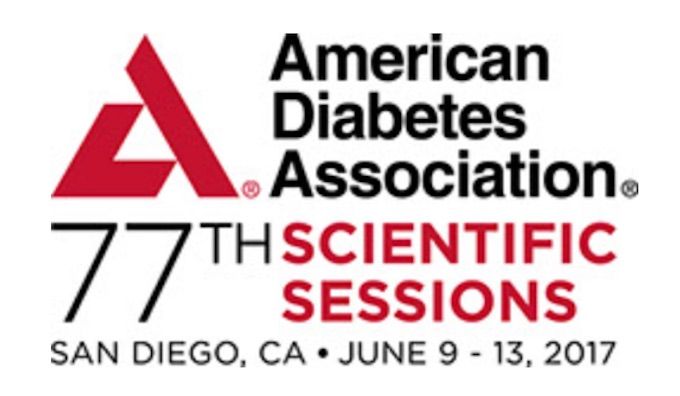Article
Teens with Type 1 Diabetes Can Text Message Improved Glycemic Control
Author(s):
Teens with T1D improved their A1C levels by frequent 2-way texting.

According to a new study presented at the American Diabetes Association (ADA)’s 77th Scientific Sessions, teens with type 1 diabetes (T1D) maintained or improved their hemoglobin A1C levels by frequently using a receive-and-respond text-messaging system.
The messaging system was implemented as the teens prepared to transition from pediatric care to adult care. This transition is a particularly challenging time for young patients with T1D because of the high level of self-care that is required to manage their disease. A successful transition to young adult care is largely predictive by how effectively teens maintain their A1C levels during adolescence.
The study presented at the Scientific Sessions evaluated the effectiveness of text messaging to help teens manage and maintain their glycemic control. The messaging system sent reminders to the teens to check their blood glucose, and required the teens to reply their results back.
The 12-month, randomized, controlled trial enrolled 301 teenaged patients with T1D at 2 clinical sites in the United States. The average age of the participants was 15, their average duration of living with T1D was 6.5 years, and their average baseline A1C was 8.5%. Gender was evenly split at 50% male, 50% female. Ethnic minorities comprised 22% of the sample. In the entire cohort, 63% used insulin pumps. To compare the teens who received text messaging intervention with teens who received a problem-solving intervention and teens who received standard care, the participants were randomized to 1 of 4 groups.
The 74 teens in the text messaging (TM) group received daily reminders via text to check their blood glucose and send the results back to investigators by reply text. These teens started the study by receiving and replying to 1 text on weekend days, and gradually increased to 4 text exchanges per day. Teens randomized to the problem-solving (PS) group received 5 self-care modules emphasizing increased monitoring of their blood glucose monitoring and dosing with insulin at mealtimes; another 74 teens comprised this group. The third group of 77 teens received both the text message and problem-solving interventions (TM+PS). The fourth group of 76 teens received no intervention.
According to the study results, which used a multivariate mixed linear model, the frequency with which the teens responded to text messages significantly predicted their A1C levels (P < .003), while the problem-solving intervention was shown to not have a similar impact, indicating that the text message reminders could potentially preserve and improve teens’ glycemic control.
Further, during the study period, the teens who replied to most of their text message reminders demonstrated the best glycemic control. These teens, in both the TM and TM+PS groups, exhibited a response rate of 68% to 100%, and, after 1 year, their average A1C levels were 8.1%.
According to lead study author Lori Laffel, MD, MPH, chief of the Pediatric, Adolescent and Young Adult Section and senior investigator/co-head of the Section on Clinical, Behavioral and Outcomes Research at Joslin Diabetes Center and professor of pediatrics at Harvard Medical School, “It is important to recognize the challenges faced by teens with type 1 diabetes as they navigate increasing independence in self-care.”
She explained that the researchers next plan to evaluate the durability of the text messaging intervention on glycemic control in teens with T1D over the next 6 to 12 months.
“Given the current landscape of cell phone use among teens, it is fitting to evaluate the potential impact of text message reminders aimed at assisting teens and young adults with their diabetes self-management as they transition from pediatric to adult diabetes care,” Laffel said.




